10 Amazing Facts About The Solar System
23rd Jan 2023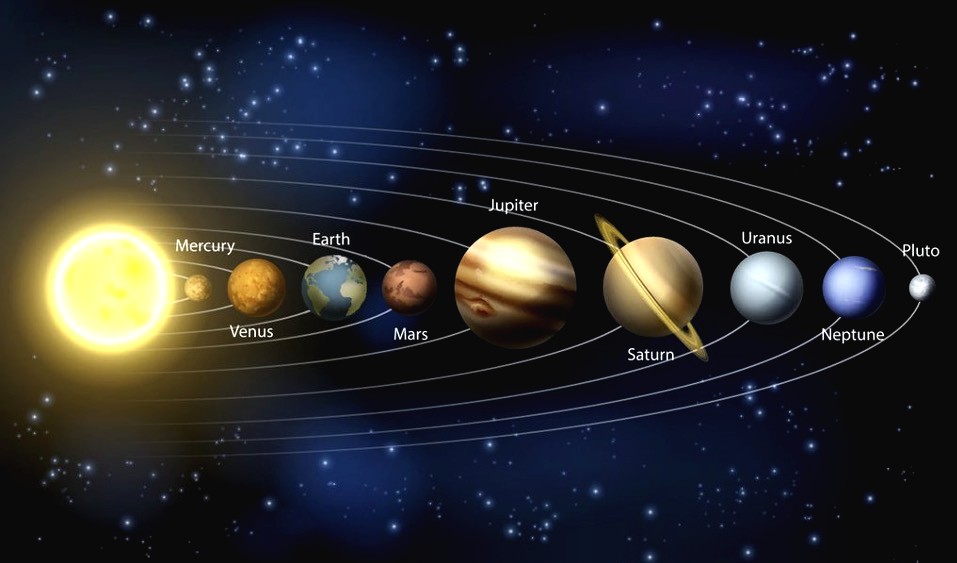
People, as they collected more knowledge, turned their eyes to the heavens, attempting to find answers to the many questions about our universe. This went on for millennia until the modern understanding of the universe was formed.
Over time, great discoveries have been made. With the advent of the first telescopes, scientists took a closer look into space and charted celestial bodies and planets onto the starry sky map. They started to observe the stars, comets and asteroids, trying to understand whether they pose a global threat. Already in the 20th century, humanity became interested in the search for extraterrestrial intelligence and other places suitable for existence besides the Earth. Finally, we started to take care of near-Earth space and its cleanliness.
We learned a lot, but is that enough? No, but we continue to discover the unknown because the Universe is limitless. This article tells about 10 solar system facts that your school teachers may not have mentioned, even though they are quite interesting.
What Are Some Interesting Facts About The Solar System
In the bit over half a century of the Space Age, we have launched more than 300 unmanned spacecraft to explore the solar system. And we will send even more to make new discoveries. Here are just a few of them.
Fact 1. Water exists outside the Earth
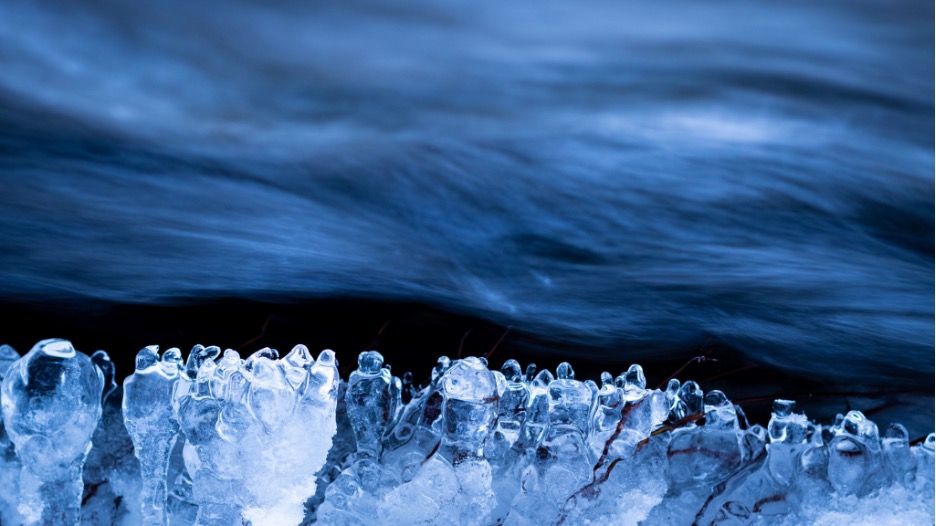
Water in space has already been detected, with a high degree of probability, on the Moon, Mars, in the polar craters of Mercury, and on the dwarf planet Ceres. However, in its liquid state, water is only found on our planet. But in any case, we already know that the Earth is no longer the leader in terms of water reserves.
Among the 10 facts about solar system here, this one is probably the most exciting. Data from the Galileo space probe, launched in 1989, enabled scientists to posit that Jupiter’s moon Europa could have a huge subglacial ocean, the volume of which exceeds Earth’s reserves. Scientists even believe that life could exist there.
Oceans are also hidden under the water ice that covers two of Jupiter’s other moons, namely Ganymede and Callisto, as well as Saturn’s satellite Enceladus. Moreover, the last mainly consists of water ice and has the cleanest ice surface.
Recently, NASA scientists made another sensational discovery. They discovered that water exists on the Sun, but in molecular form. According to NASA, hydrogen atoms under the influence of the high temperature of the Sun ionize and accumulate in some parts of this star. NASA suggests that the water is accumulated in the newly discovered black spots because the heat there is much lower. Moreover, if the temperature of the star decreases, this ‘water’ can take on a liquid state.
Fact 2. Vesta is the largest asteroid
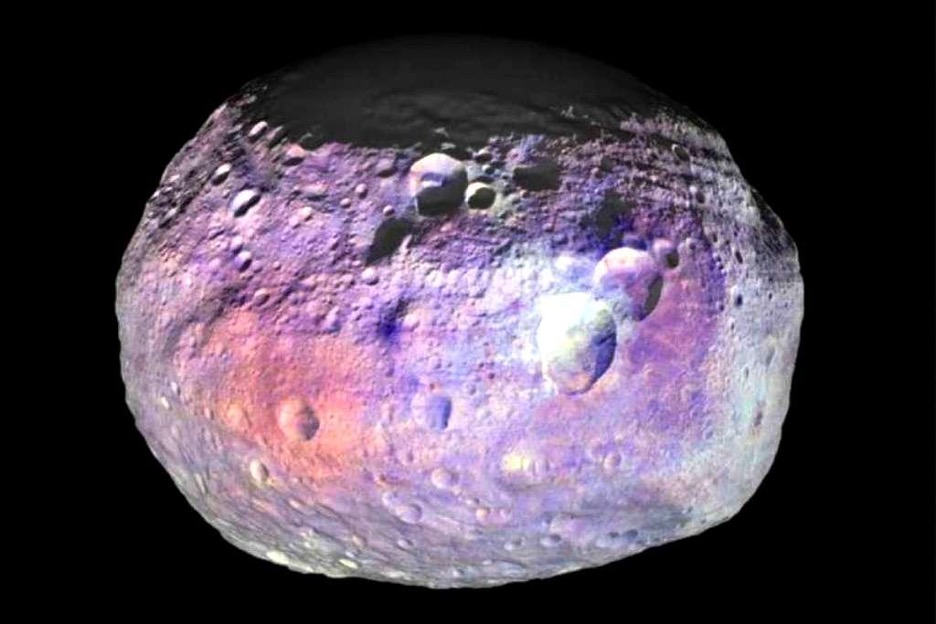
The asteroid is finally recognized as the largest (diameter 525 km) and as having the greatest mass in the main asteroid belt of our solar system. If its shape were a bit more symmetrical, it could qualify as a dwarf planet, as was the case with Ceres. The fact is, it has a geological history similar to the planets. Vesta also has a hard core and a mantle rich in minerals.
Moreover, Vesta is the only asteroid that can be seen with the naked eye. This is explained, first of all, by the brightness of its surface, which contains a lot of light volcanic rocks with high light reflectivity. Vesta reflects about 25% of the sunlight falling on it, while Ceres only 5%. It is the brightness, large size, and close location to the Earth (177 million km) that allow us to see Vesta without a telescope. And this is, without a doubt, one of the most significant facts about our solar system.
Fact 3. Mercury is smaller than some satellites
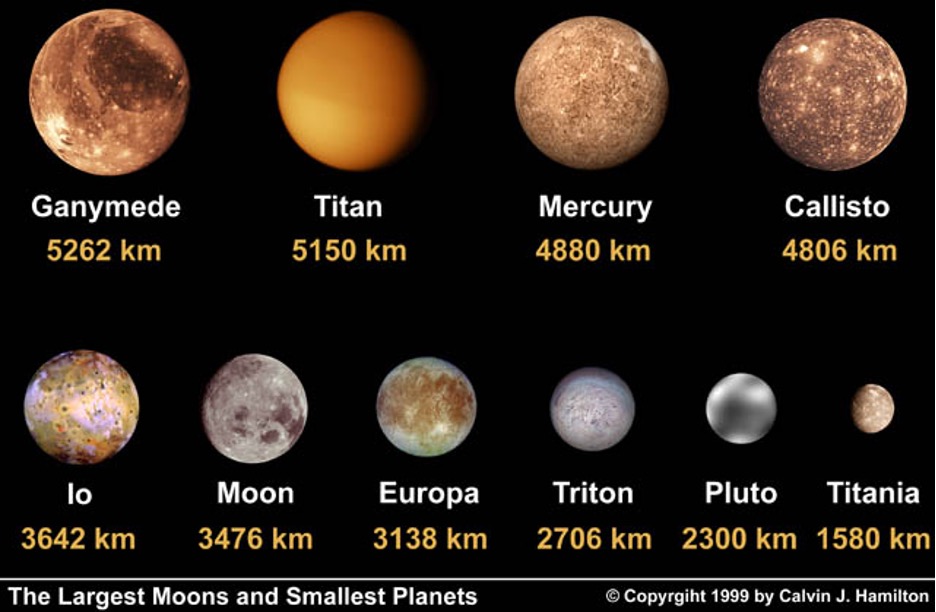
The smallest planet in the solar system, Mercury, has a circumference of about 4880 km. This is less than that of Ganymede and Titan (satellites of Jupiter and Saturn, respectively). This is one of the fun facts about the solar system.
However, Mercury is heavier and much denser than these satellites. By the way, in terms of density (5.43 g / cm³), it approaches the Earth, which indicates a high content of metals under its surface.
Interestingly, Mercury is difficult to see with the naked eye, but not entirely because of its small size. The fact is, it is located too close to the Sun, so it is almost impossible to see such a tiny crumb against its disk. Mercury can be observed only during sunset or before sunrise, usually at dusk.
Fact 4. Jupiter is a failed star
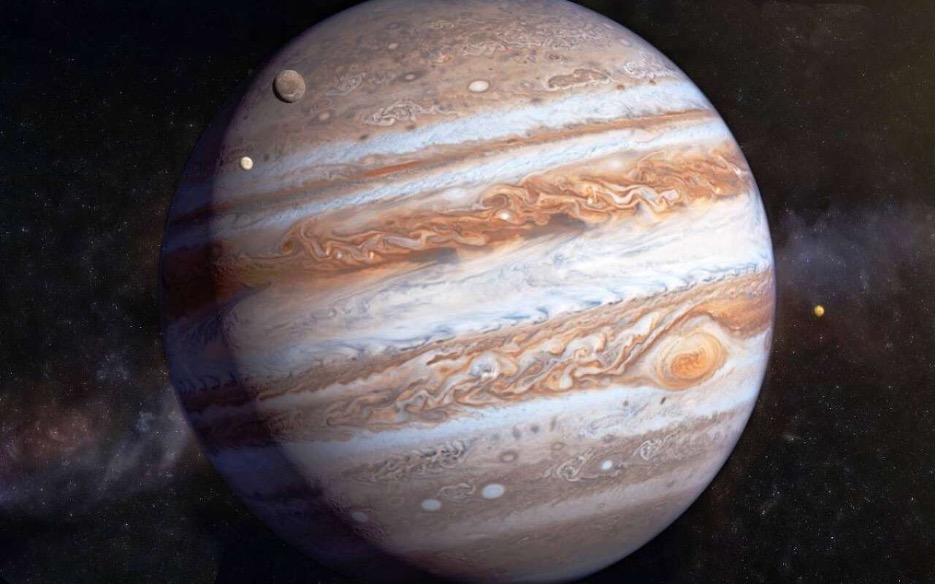
Recently, scientists determined that if the mass of Jupiter at the time of its formation was about 75 times greater than it is now, it could very well have become a star. The fact is, this gas giant consists of hydrogen and helium in approximately the same proportions as the Sun. This is one of the most interesting facts about the solar system. But why doesn’t Jupiter shine, then?
It does not have the conditions for the thermonuclear fusion of hydrogen into helium with the release of a large amount of energy. The temperature is simply not enough to start the fusion. Simply put, if Jupiter is compressed, the increase in pressure will cause heating, and then fusion would become possible.
That is, for the pressure inside the planet to increase, it must have a greater density. At the time that Jupiter formed, it didn’t have enough material to become a star, so it remained a planet, albeit the largest in the solar system.
Fact 5. Mars is the most researched planet after Earth
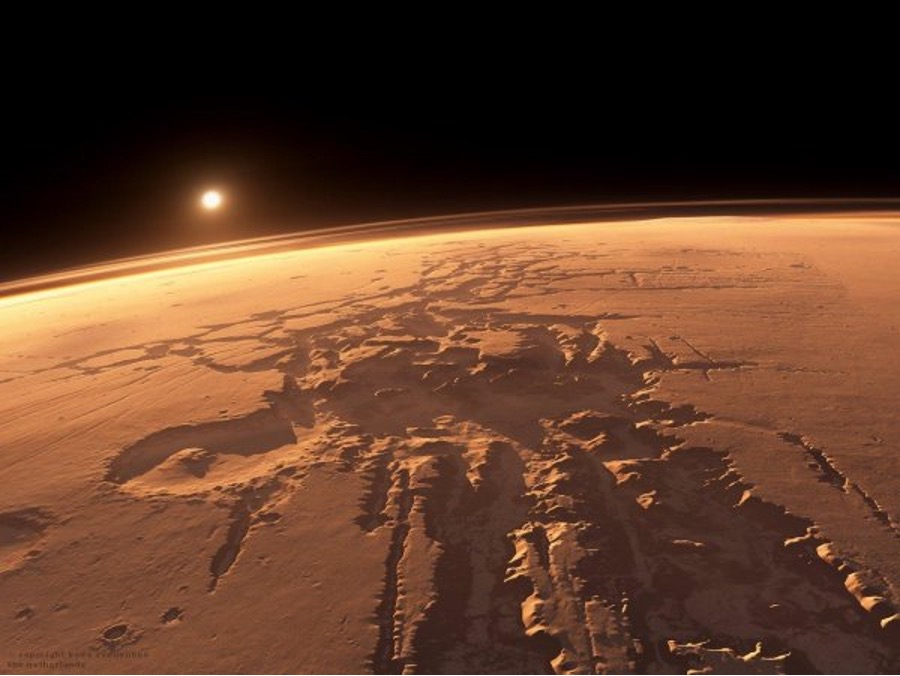
Humanity has known about the existence of the red planet since time immemorial. And it is not surprising. Firstly, Mars is the closest planet to Earth. Second, the Sun does not interfere with its observation since this planet is located beyond the Earth.
This is probably why we know more about it than about other planets. We know that its red color comes from the high content of iron oxide on the planet’s surface. Among the facts about the planets in our solar system, this one is nailed down; just like the fact that Mars has two satellites and its day lasts almost as long as one Earthly day (it is 37 minutes longer).
With the help of probes and Mars rovers, we have studied its surface well, discovering the largest canyon complexes in the solar system with a quarter of its equator length (4500 km) and a depth similar to the Mariana Trench (11 km). We measured the height (26 km), diameter (540 km) of the largest crater (“Olympus”), as well as others.
We consider Mars a priority planet for colonization. Read our article “Can we live on Mars?” to get into details of the pros and cons of settling on Mars. And Elon Musk is already building a Starship to go there.
Fact 6. Phobos is an anomaly in the solar system
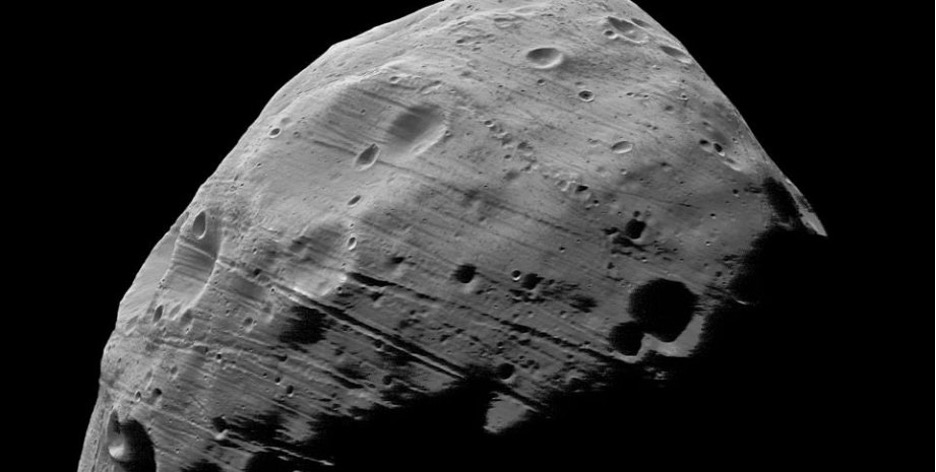
This satellite of Mars called “Fear” (from Greek) is considered one of the most mysterious objects in the solar system. First, its shape raises questions. It is greatly out of round (dimensions 26.6 × 22.3 × 18.5 km), which is not typical for most cosmic bodies that are spheroids. Second, it always faces the planet on one side, just like our Moon. Third, its origin is still uncertain.
It is clear that some facts about the solar system require verification and clarification. According to one theory, Phobos is an asteroid captured by the gravity of the Red Planet. There are many such phenomena in the main asteroid belt. Some scientists believe that Phobos is a fragment of Mars that broke off during its collision with an asteroid or as a result of some other planetary catastrophe. By the way, this is partially confirmed by the presence of a large amount of phyllosilicate in its composition. This mineral, which forms only in the presence of water, was previously discovered on Mars.
There is also a theory about an artificial origin, in favour of which the recently “calculated” cavities under the shell of Phobos speak. A group of independent researchers came to this conclusion by comparing its mass and gravity. This is one of the fascinating facts about the solar system.
On the other hand, they could not answer why these cavities did not crumble under the influence of gravitational forces. And this is what makes it possible to suggest, that this might be a spaceship. Moreover, the outward similarity is obvious. The question is, whose?
Fact 7. Uranus rotates on its side
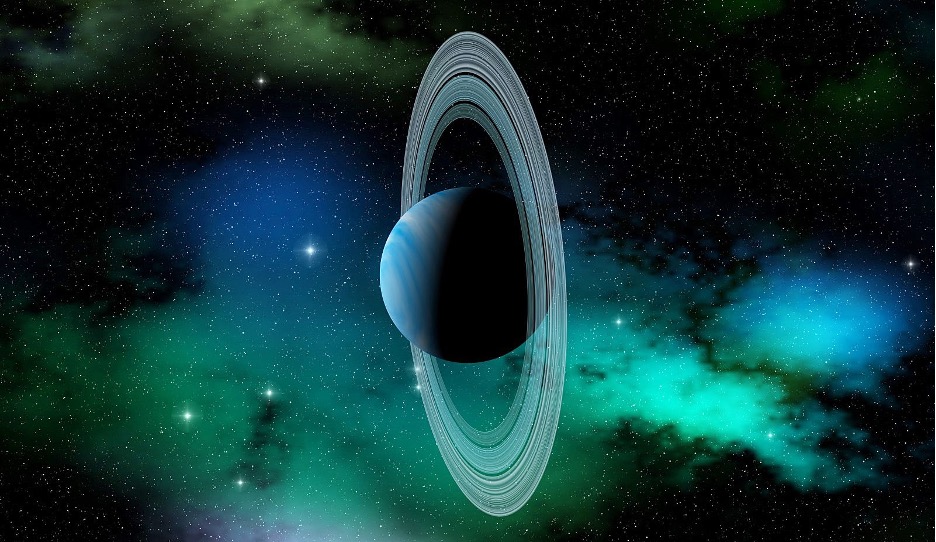
This mysterious and distant gas giant behaves rather strangely. It seems to be lying on its side, and upon closer inspection, it seems that it is rolling around the Sun like a soccer ball.
The fact is that the axis of Uranus’s rotation is not quite “correct” ─ almost perpendicular to the axis of rotation around the Sun. As a result, the planet turns to the Sun either by the north, then by the South Pole, then by the equator, then by the middle latitudes. And this is one of the amazing facts about our solar system.
Scientists believe that this imbalance is the result of a collision with some kind of giant celestial body. The planet was simply knocked over after the impact. According to another theory, such a tilt could be caused by a powerful ring system. Yes, now it is poorly developed, but billions of years ago, when the planet was formed, the rings could well have been completely different.
This theory is supported by studies of Saturn’s rings, carried out using images from the Cassini robotic spacecraft. The authors claim that computer simulations have shown that the ring system can deviate the planet’s axis of rotation by up to 70 degrees over a million years.
A large ring system could well shake Uranus, and when the precession of the rotation axis fell into resonance with the orbital axis, it turned around. But even this model does not explain the solar system planet facts associated with it. For example, it does not tell why none of its moons has the same orbit with such an inclination. By the way, such a theory has already been put forward, only the hypothetical ninth planet was considered the cause of the resonance.
Fact 8. Venus moves in the opposite direction from Earth
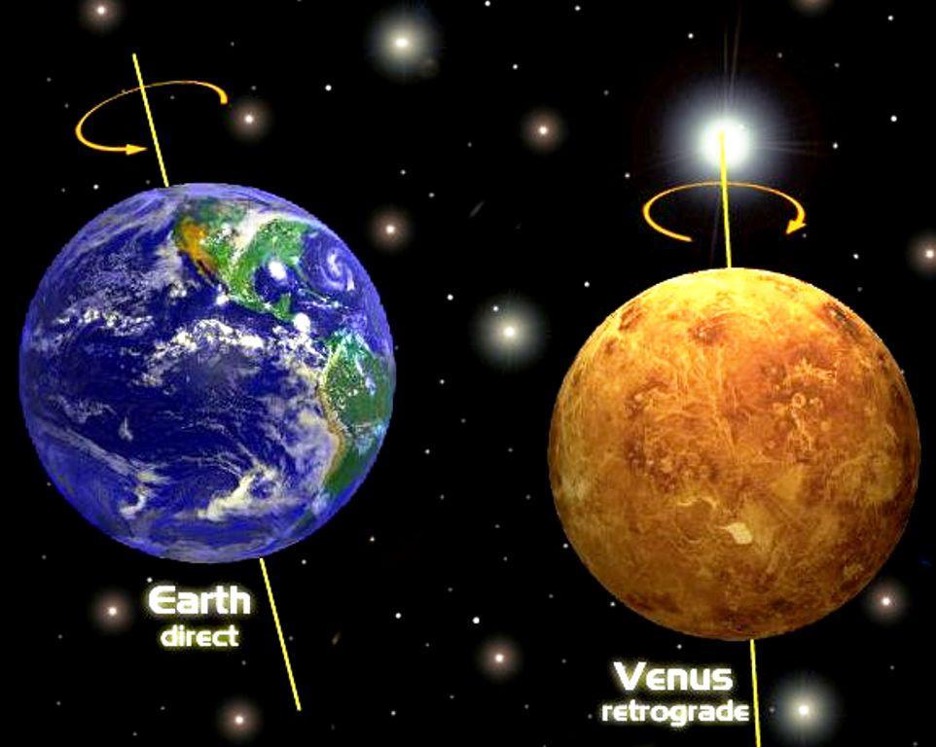
All planets are like planets, but this one is capricious, like the goddess after whom she was named. Unlike others, Venus rotates clockwise around its own axis (when viewed from above). No other planet in the solar system behaves this way, but no one knows why this happens yet.
There are a couple of theories that explain this phenomenon. One says that Venus changed its orientation of rotation under the influence of the tidal forces of the Sun, arising from the inhomogeneity of its gravitational field.
Our solar system facts confirm that the part of the planet facing the Sun is attracted more strongly than its opposite side. Moreover, the difference in forces could be so strong that Venus first slowed down its rotation and then started to spin in another direction. There are mathematical models that confirm this possibility.
Another hypothesis suggests a collision with a large body, which spun the planet in the opposite direction. According to calculations, such an object should have the same mass as Venus.
Fact 9. Neptune has the strongest winds
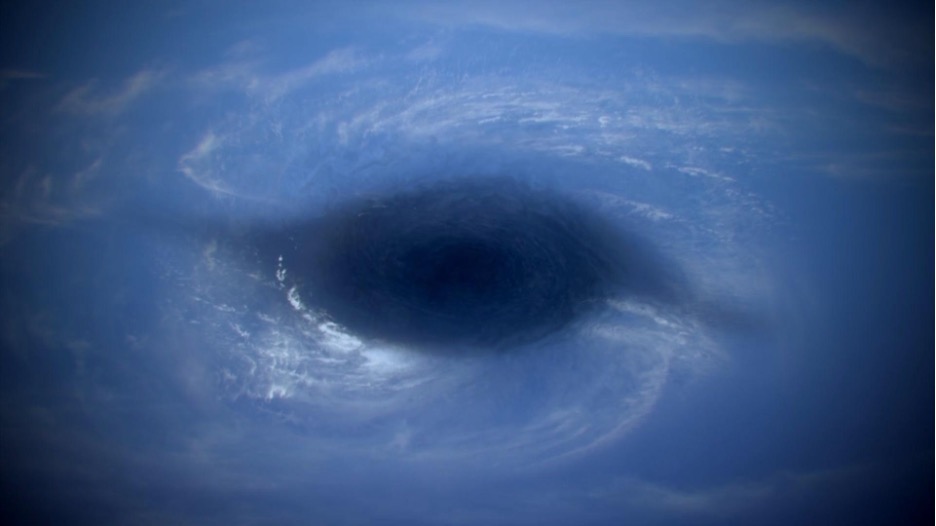
Scientists were able to determine that the wind speed on Neptune can reach 600 m/s. This is almost six times the speed of the most powerful terrestrial hurricane! In the upper layers of the atmosphere of the equatorial regions, the average wind speed can reach 400 m/s, and in the region of the poles – 250 m/s.
It is worth noting that most winds blow in the opposite direction to the planet’s own rotation. Only at high latitudes does the direction coincide.
Such barely incomprehensible things are explained by the fact that Neptune is a very cold planet. The significant temperature difference between the core and the atmosphere creates the conditions for super-powerful convection. The South Pole is 10 degrees warmer than the rest of the planet. This is enough for the methane to start evaporating and breaking through upwards, “initiating” the mechanism. So the change of seasons affects the wind speed.
Much of this has to do with the chemical composition of the atmosphere. The upper layers contain 79% hydrogen, 18% helium, and the rest is other gases. There is much more methane, ethane and acetylene in the equatorial region than at the poles. There is no solid surface, so the cooled streams of liquid gases move with minimal friction and accelerate to the limit.
Fact 10. Space debris can travel at over 24,500 miles per hour
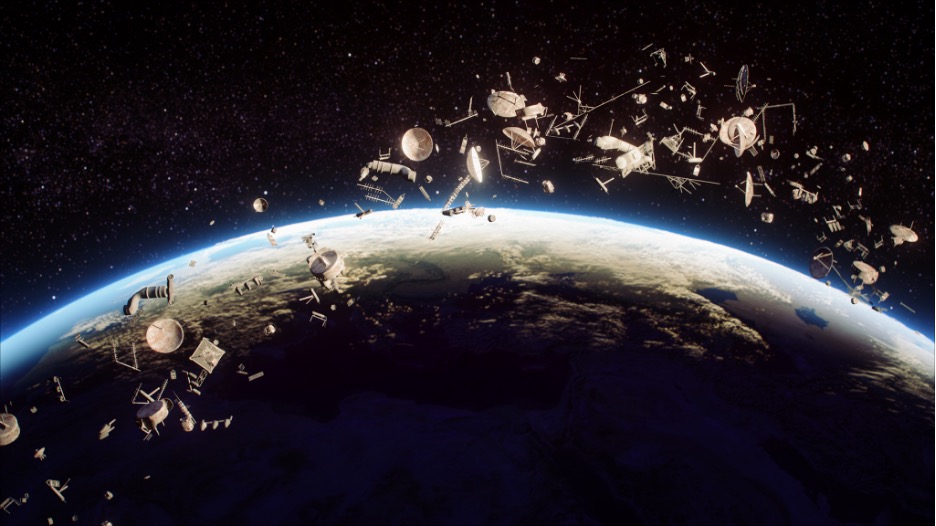
Any object in near-Earth space will move at a linear speed, which depends on the orbit height. As a rule, we are talking about orbital velocity (7.8 km/s, 28,000 km or 17,500 miles per hour). All bodies moving slower than this burn up in the upper atmosphere or fall to Earth.
Currently, over 170 million pieces of spacecraft and other traces of human activity with a total mass of 6.5 thousand tons revolve around the Earth. The main clusters (over 25,000 objects larger than 10 cm in size) are concentrated at altitudes of 700 ─ 1,000 km. Even the smallest of them are dangerous for spacecraft.
At this altitude range, the flight speed of the fragments can reach 11 m/s or 24,500 miles per hour. Despite their insignificant mass, the meeting of a satellite or a spacecraft with it will inevitably turn into a disaster.
According to the Kessler effect, collisions of debris will generate new debris, and there will be so much of it that space flights could simply become impossible. This is a big problem that the world is gradually starting to deal with by developing new ways of space debris removal.
Conclusion
So, you have read about the 10 most interesting solar system facts — in our opinion. In fact, there are certainly many more. Did you know that over 200 satellites of planets and 1000 celestial bodies with a diameter of over 100 km have been discovered in the solar system? But scientists believe that there are at least 70,000 such objects in the Kuiper belt!
So far, we know about five dwarf planets and several trans-Neptunian objects that meet the same criteria. But there may be hundreds of them. More than 6,300 comets have already been discovered flying in the vicinity of the terrestrial planets. And we still learn about new ones, big and small, that either pose a danger or remain relatively safe for us.
Each day brings new facts about the solar system, and we, as rational people, try to learn all we can about them…
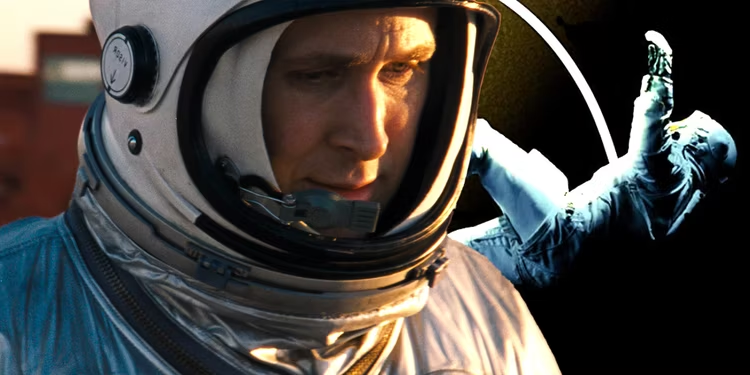

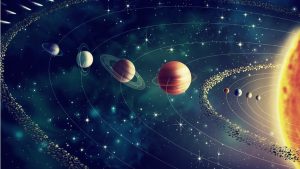


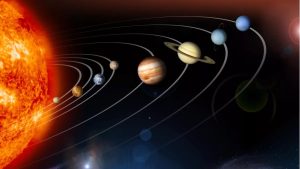
Thank you for your comment! It will be visible on the site after moderation.